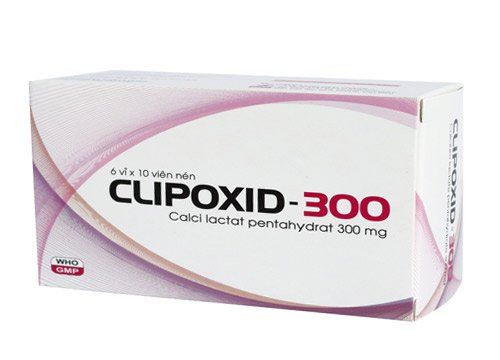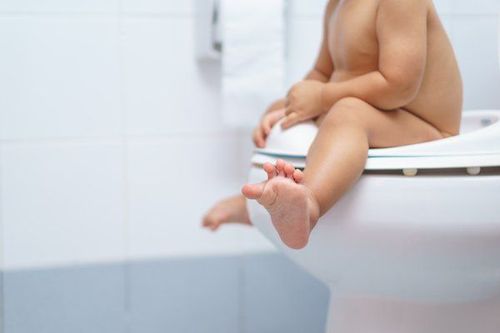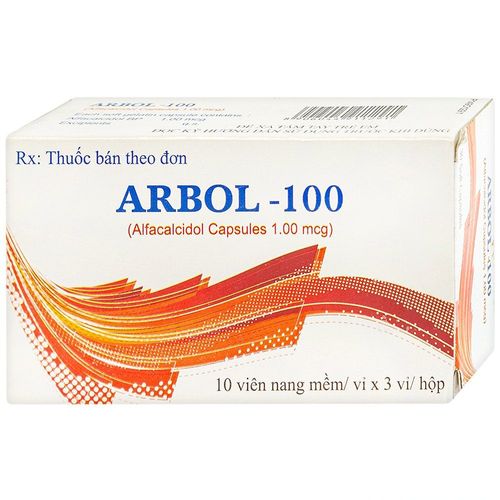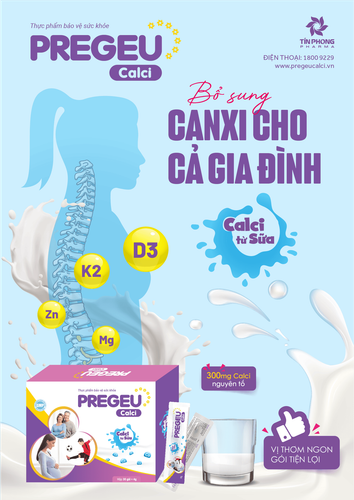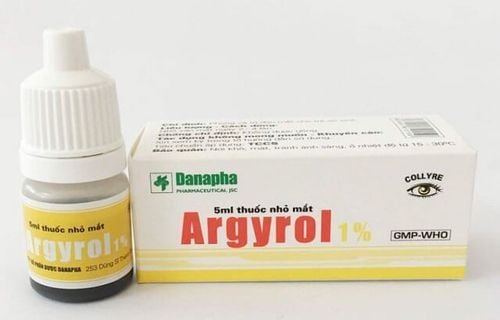This is an automatically translated article.
The article was professionally consulted with Master, Doctor Vu Quoc Anh - Pediatrician - Department of Pediatrics - Neonatology - Vinmec Danang International General Hospital.Our body is built on a skeleton of 206 bones. Right from birth, the shape of each bone has been formed. Children's bones grow and mature from cartilage. Bone growth is complete and bones are hard when the child enters adolescence.
1. The process of formation and structure of bones
Bones develop from the dermis and develop through 3 stages: membrane, cartilage and bone (except for the cranial vault and a few facial bones that do not pass through the cartilaginous stage, and part of the ribs until old age are still in a cartilaginous state). embryonic stage. These bones help muscles contract by acting as levers, allowing movement, and protecting vital organs from the head, chest, and abdomen. In the first month of pregnancy, the membranous skeleton in the baby is formed. At the beginning of the second month of pregnancy, the gills turn into cartilage and are gradually replaced by bone by the end of this month.With babies, most bones are made up of soft material, also known as cartilage, as the baby grows, the cartilage will gradually turn into bone. The bone consists of a central tubular body with two ends of the same shape. When the child is young, the body of the tube is hard bone and the two ends are mostly soft cartilage. New hard bone forms at the ends, connects to the bone at the tubular body, and bone growth ends when the child enters adolescence. Therefore, bones in young children are still quite soft. After birth, the process of ossification in babies continues until the end of adulthood (about 25 weeks of age). The development process is divided into two stages: the skeletal system develops stronger than the muscular system in the early stages (from birth to puberty), then the skeletal system develops more slowly than the muscular system in stage 2 (from birth to puberty). later puberty).
2. Bone development
Childhood and adolescence are the most important periods for bone growth. Building strong bones during this period is really important to maintain bone health throughout life to avoid possible bone problems such as:Rickets (soft bones that can lead to deformities) bones in children) Osteoporosis (soft bones that can lead to bone pain in adults) Osteoporosis (fragile bone disease that can lead to pain and sometimes disability from fractures). During childhood and adulthood, bones continue to grow thicker until they reach what is known as 'peak bone mass'. This usually occurs in children between the ages of 18-25. As we age, our bodies gradually begin to lose bone mass. Therefore, if bones develop well during childhood and early adulthood, bones will be better at sites prone to loss of bone mass as we age. In addition to genetic factors that influence peak bone mass, diet and physical activity also play an important role in bone growth and health.
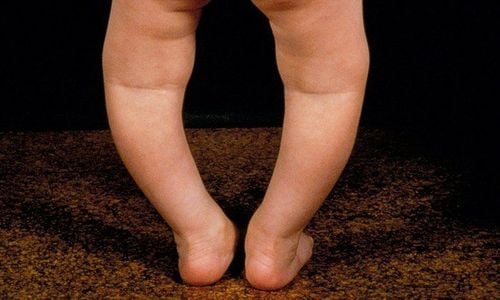
Bones have many important functions. Bone is a living substance, it stores mineral salts. Bones develop thanks to the following factors: Inside is the pH, the concentration of substances in the blood such as P++, Ca++, vitamins and hormonal hormones. Outside is a diet and exercise regimen....
3. Diet and bone growth
Calcium is needed for the normal development of bones in children and adolescents. It is also important for building and maintaining strong bones. Inadequate dietary intake can lead to low bone density, which affects bone health later in life. During puberty, bones grow faster than at any other time in life. Therefore, the total amount of calcium in the diet requires a greater than normal requirement. Dietary surveys show that many adolescents (19% of girls and 8% of boys aged 11 to 18) may not be getting enough calcium in their daily diets..
Food is a rich source of calcium, you can supplement calcium for children through a number of foods such as:
Milk, cheese and yogurt or calcium-fortified milk substitutes Cereals calcium-fortified breakfast Bread Canned sardines Green leafy vegetables (such as kale and rockets) Dried figs Sesame seeds Vitamin D is needed to help your body absorb minerals important for bone health ( calcium and phosphorus) and to maintain normal concentrations of these minerals needed in the blood for normal bone mineralization.
Some studies show that, on average, about one-fifth of students don't get enough vitamin D. Most people should be able to get all the vitamin D they need by eating healthy with a balanced diet and getting some sun exposure.
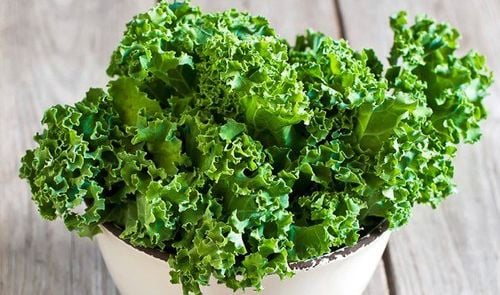
Oily fish - such as salmon, sardines and mackerel Eggs Vitamin D-fortified fats Vitamin D-fortified breakfast cereals We get most of our vitamin D From skin exposure to sunlight,
production is affected by season, time of day, skin pigmentation and the thickness of clothing. Expose your child to sunlight daily for short periods of time (about 10 to 15 minutes). Applying sunscreen during the summer months (April through October, especially between 11am and 3pm) is enough for most children to have lighter skin, while also making enough vitamin D that the body's body needs to be protected from the sun. may need. Do not expose to the sun when you feel your skin is red, burning.
Children with darker skin (for example, people of African, Afro-Caribbean or South Asian descent) will need longer sun exposure to make the same amount of vitamin D. It is important to never expose their skin to the sun. the child becomes red or begins to burn. The larger the area of your skin exposed to the sun, the more vitamin D your body will absorb. Certain groups of people living in the UK are at greater risk of vitamin D deficiency including children aged 6 and over. months to 5 years and those who must cover their skin for cultural reasons. Daily vitamin D supplementation may reduce the risk of vitamin D deficiency in these populations.
Consumption of lots of vegetables and lots of fruit is linked to bone health.
Research has shown that the use of certain soft drinks, especially carbonated drinks with caffeine and/or phosphoric acid, may be associated with poorer bone health.
However, no clear studies have been done on this adverse effect. However, consuming such large amounts of beverages is not recommended and can be replaced by other dietary beverages, such as water or low-fat milk.
Protein is important for bone health, but most of us get enough of it.
4. Physical activity and bone growth
Physical activity is also important for bone growth, especially activities that involve using your body weight against resistance such as jumping, skipping rope, tennis or gymnastics. Children and adolescents should follow the guidelines of experts in physical activity to support good bone health.For teenage girls, the natural production of the female hormone estrogen, is important for building strong bones. Some teenage girls work out very hard, such as in high-level competitive gymnastics or distance running, and they don't get enough energy to do these activities from the food they're eating. , may produce less estrogen and have lower bone mass. Skipping your period or delaying your first period can be a sign of low estrogen.

5. Eating disorders and bone development
Eating disorders, such as anorexia, often develop during adolescence. At this time, bones are still growing and strong, eating disorders can affect bone growth. This is especially true for teenage girls, whose weight can lower estrogen levels, causing bone density to decrease.Poor nutrition and reduced muscle strength due to eating disorders can also reduce bone density. If you think your child may not be getting enough of the food he needs (for example, from a restrictive diet or an eating disorder), you should take him or her to the doctor for advice and an exam.
Children continue to increase in height as the bones grow and lengthen. This growth mainly takes place at the ends of the bones rather than the entire length of the bone. Bones grow slowly during childhood.
Vinmec International General Hospital is one of the hospitals that not only ensures professional quality with a team of leading medical doctors, modern equipment and technology, but also stands out for its examination and consultation services. comprehensive and professional medical consultation and treatment; civilized, polite, safe and sterile medical examination and treatment space.
Please dial HOTLINE for more information or register for an appointment HERE. Download MyVinmec app to make appointments faster and to manage your bookings easily.
Reference source: nutrition.org.uk




